Can Camera Flash Cause Eye Damage?
In the age of smartphones and digital cameras, the use of flash photography has become ubiquitous. Whether it's capturing a memorable moment at a party, taking a selfie in low light, or documenting an event, the camera flash is a common tool. However, a question that often arises is whether the bright burst of light from a camera flash can cause eye damage. This article aims to explore this concern in detail, providing a comprehensive understanding of the potential risks and safety measures associated with camera flash use.
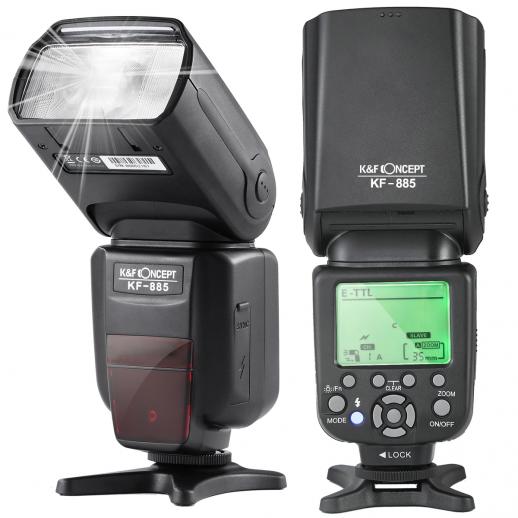
Understanding Camera Flash
A camera flash is a device used in photography to produce a brief burst of light, typically lasting for a fraction of a second. This burst of light helps illuminate a scene, allowing for clearer and more detailed photographs in low-light conditions. Modern camera flashes are designed to be powerful enough to light up a scene but are also regulated to ensure they are safe for general use.
The Science Behind Light and Eye Damage
To understand whether a camera flash can cause eye damage, it's essential to delve into the science of light and its interaction with the human eye. The eye is a sensitive organ that can be affected by various forms of light, particularly intense or prolonged exposure. The primary concern with bright light exposure is the potential for photochemical damage, which occurs when light causes chemical changes in the retina, the light-sensitive layer at the back of the eye.
There are two main types of light-induced damage to the eye:
1. Photochemical Damage: This type of damage occurs when high-energy light, such as ultraviolet (UV) or blue light, causes chemical reactions in the retina. Prolonged exposure to such light can lead to conditions like photokeratitis (a painful eye condition caused by UV light) or macular degeneration (a leading cause of vision loss).
2. Thermal Damage: This occurs when intense light generates heat, potentially burning the retina. This type of damage is more common with prolonged exposure to very bright light sources, such as staring directly at the sun.
Camera Flash and Eye Safety
Given the potential for light-induced damage, it's natural to wonder if the brief but intense burst of light from a camera flash poses a risk. The good news is that, for the most part, camera flashes are designed to be safe for general use. Here are some key points to consider:
1. Duration of Exposure: The flash from a camera typically lasts for only a few milliseconds. This brief exposure is generally not enough to cause significant photochemical or thermal damage to the eye.
2. Intensity of Light: While camera flashes are bright, they are not as intense as other light sources that pose a higher risk of eye damage, such as lasers or direct sunlight. The intensity of a camera flash is regulated to ensure it is safe for use in everyday photography.
3. Distance from the Source: The risk of eye damage from a camera flash is also mitigated by the distance between the flash and the subject. In most cases, the flash is several feet away from the subject, further reducing the potential for harm.
Special Considerations for Infants and Young Children
While camera flashes are generally safe for adults, there is some concern about their impact on infants and young children. The eyes of young children are more sensitive to light, and their retinas are still developing. As a precaution, it is advisable to avoid using flash photography directly in front of an infant's face. Instead, consider using natural light or indirect lighting to capture photos of young children.
Addressing Common Myths
Several myths and misconceptions surround the use of camera flashes and their impact on eye health. Let's address some of the most common ones:
1. Myth: Camera Flash Can Cause Blindness: There is no scientific evidence to support the claim that a camera flash can cause blindness. The brief exposure to light from a flash is not intense enough to cause permanent damage to the retina.
2. Myth: Flash Photography Can Trigger Seizures: While it is true that flashing lights can trigger seizures in individuals with photosensitive epilepsy, the frequency and duration of a camera flash are typically not sufficient to cause such an effect. However, it is always a good idea to be mindful of individuals with known photosensitivity when using flash photography.
3. Myth: Flash Photography is Harmful to Animals: Similar to humans, animals can be startled by the sudden burst of light from a camera flash. However, there is no evidence to suggest that flash photography causes long-term harm to animals' eyes. As a best practice, avoid using flash directly in front of animals' faces to prevent discomfort.
Practical Tips for Safe Flash Photography
While the risk of eye damage from camera flashes is minimal, it's always a good idea to practice safe photography habits. Here are some practical tips to ensure the safety and comfort of your subjects:
1. Use Natural Light When Possible: Whenever possible, use natural light to capture your photos. This not only reduces the need for flash but also often results in more flattering and natural-looking images.
2. Adjust Flash Settings: Many cameras and smartphones allow you to adjust the intensity of the flash. Use the lowest effective setting to minimize the brightness of the flash.
3. Increase Distance: Maintain a reasonable distance between the camera and the subject to reduce the intensity of the flash reaching the eyes.
4. Use Diffusers: Consider using a flash diffuser to soften the light and reduce its intensity. Diffusers can help create a more even and less harsh light, which is gentler on the eyes.
5. Be Mindful of Your Subjects: Always be considerate of your subjects, especially infants, young children, and individuals with known light sensitivities. Avoid using flash directly in front of their faces and give them a heads-up before taking a photo.
In conclusion, while the bright burst of light from a camera flash may be startling, it is generally not harmful to the eyes. The brief duration and regulated intensity of camera flashes make them safe for everyday use. However, it is always wise to practice safe photography habits, especially when photographing sensitive subjects like infants and young children. By understanding the science behind light and eye damage and following practical safety tips, you can continue to capture beautiful moments without compromising eye health.


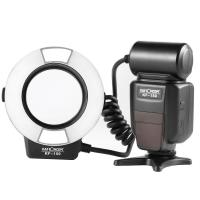

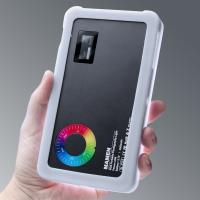
![4K Digital Camera for Photography & Video [Autofocus and Stabilisation] 48MP 16X Digital Zoom 3” 180° Flip Screen Vlog Camera with 32G SD Card, Flash 4K Digital Camera for Photography & Video [Autofocus and Stabilisation] 48MP 16X Digital Zoom 3” 180° Flip Screen Vlog Camera with 32G SD Card, Flash](https://img.kentfaith.com/cache/catalog/products/us/GW41.0065/GW41.0065-1-200x200.jpg)


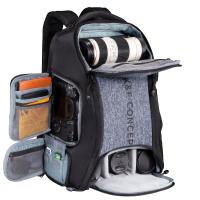


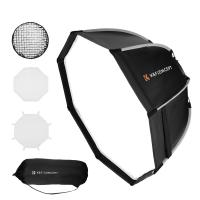




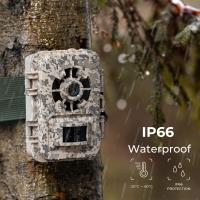

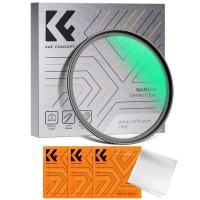
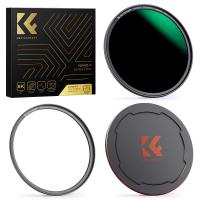
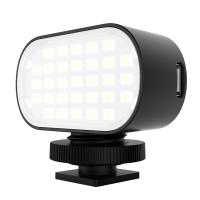
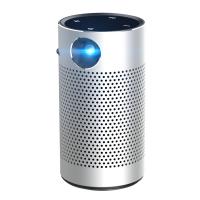
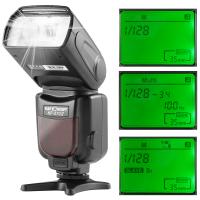
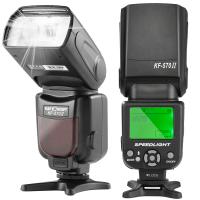
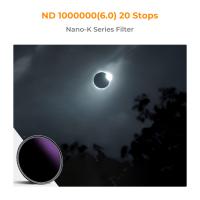
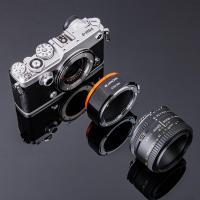
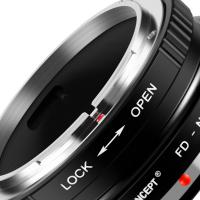
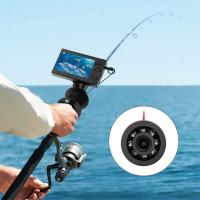

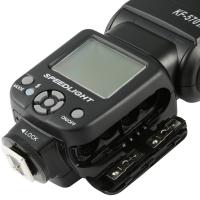
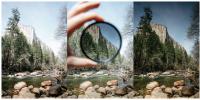

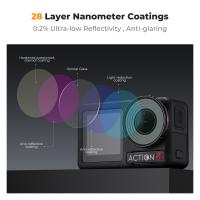
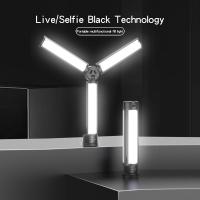





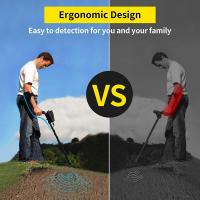


There are no comments for this blog.